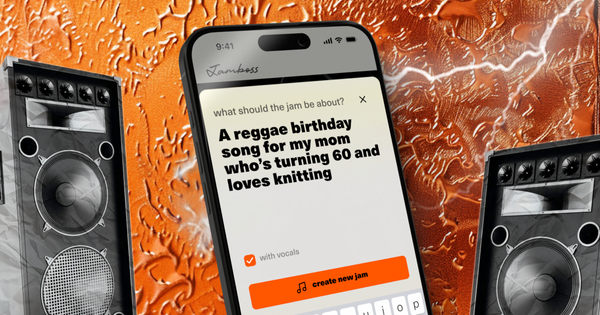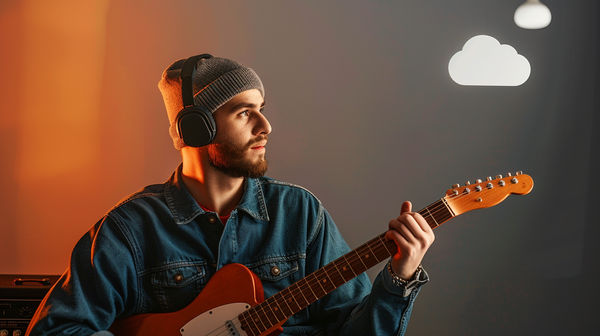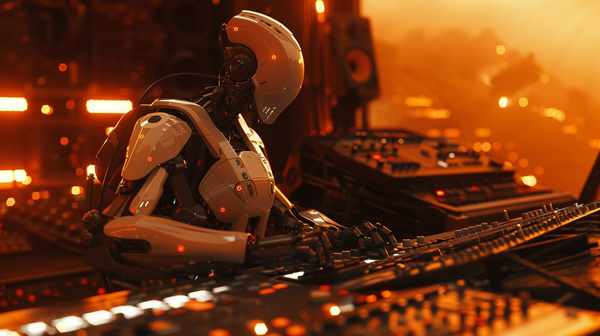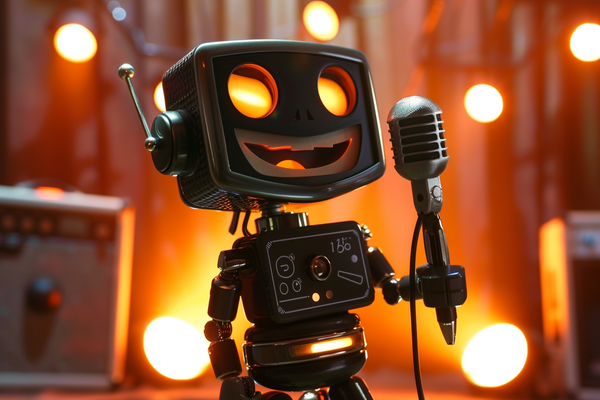How Does AI Music Work? A Simple Guide from Jamboss
Curious about AI music creation? Discover how AI learns to compose, the key components of AI music systems, and how Jamboss harnesses this technology. Explore the fascinating world of machine learning in music and the future of AI-assisted composition.

Have you ever wondered how artificial intelligence can create music? At Jamboss, we're passionate about making AI music accessible to everyone. In this post, we'll break down the basics of how AI music works, in terms that anyone can understand.
The Basics: What is AI Music?
AI music refers to any music that's created with the help of artificial intelligence. This can range from fully AI-generated tracks to human-composed music that uses AI for certain elements like arrangement or mixing.
How Does AI Learn to Make Music?
AI music systems, like the one we use at Jamboss, learn to create music through a process called machine learning. Here's a simplified explanation of how it works:
- Training Data: The AI is fed a large amount of existing music. This can include various genres, styles, and elements of music.
- Pattern Recognition: The AI analyzes this music to identify patterns. It learns about things like rhythm, melody, harmony, and structure.
- Rule Generation: Based on these patterns, the AI creates its own set of "rules" for what makes music sound good.
- Music Creation: Using these rules, the AI can then generate new pieces of music that follow similar patterns to the music it was trained on.
The Key Components of AI Music Generation
1. Neural Networks
At the heart of many AI music systems are neural networks. These are computer systems modeled after the human brain. They're excellent at recognizing patterns and making decisions based on vast amounts of data.
2. Deep Learning
Deep learning is a subset of machine learning that uses multiple layers in the neural network. This allows the AI to understand music at different levels of abstraction, from individual notes to overall song structure.
3. Generative Models
These are the models that actually create the music. They take what the AI has learned and use it to generate new, original content.
How Jamboss Uses AI to Help You Create Music
At Jamboss, we've developed our app to be a collaborative tool for music creation.
Here's how it works:
- User Input: You provide some initial parameters. This could be a description of the music, lyrics, or even a melody you've come up with.
- AI Generation: Our AI uses this input, to generate musical elements. This might include melodies, harmonies, rhythms, or full arrangements.
- Human Collaboration: You can then interact with these AI-generated elements. Tweak them, combine them, or use them as inspiration for your own ideas.
- Refinement: The AI can provide suggestions and adjustments based on music theory and popular patterns, helping refine your creation.
The Future of AI Music
As AI technology continues to advance, we're seeing exciting developments in the field of AI music:
- More nuanced understanding of musical styles and emotions
- Better ability to mimic specific artists or create fusion genres
- Improved real-time collaboration between AI and human musicians
At Jamboss, we're constantly working to stay at the forefront of these developments, ensuring our users have access to the most cutting-edge AI music technology.
Conclusion
AI music is a fascinating blend of art and science. While it may seem complex, at its core, it's about recognizing patterns in existing music and using those patterns to create something new. As we continue to develop and refine this technology, we're excited to see how it will empower more people to express their creativity through music.
Ready to try your hand at AI-assisted music creation? Give Jamboss a try and experience the future of music-making today.





